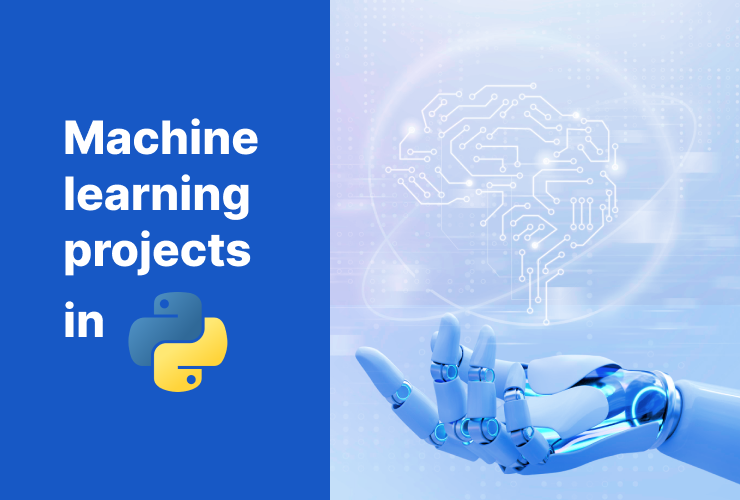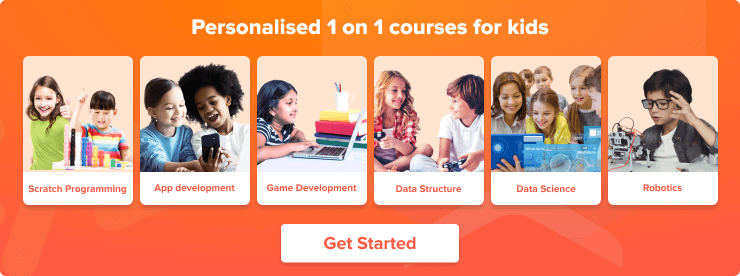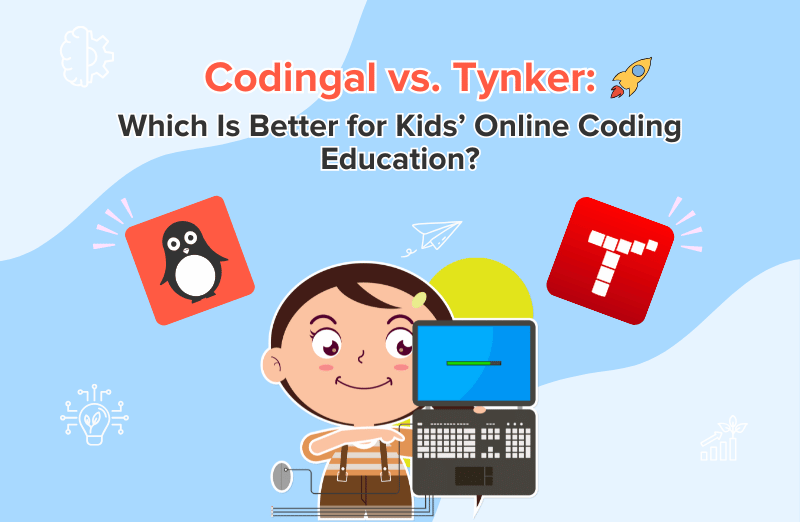Table of Contents
Introduction Advantages of Python in Machine Learning Machine Learning Projects of Python ConclusionIntroduction
Python has become one of the most popular languages for machine learning projects. Its simplicity, readability, and powerful libraries such as TensorFlow, Keras, and Scikit-Learn make it an ideal choice for both beginners and experts in the field.
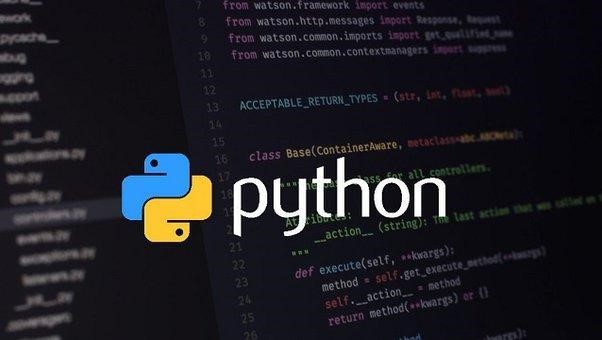
Advantages of Python in Machine Learning
Easy to Learn and Use
One of the main advantages of using Python in machine learning is its ease of use. Python’s syntax is simple and easy to read, making it an ideal language for beginners who are just starting to learn to program. Additionally, Python has a vast community of developers who are constantly creating new libraries and tools that make it easier to build machine learning models.
Large and Active Community
Python has a large and active community of developers, which means that there are plenty of resources available for learning and troubleshooting. There are numerous online tutorials, forums, and code repositories dedicated to Python and machine learning, making it easy to find answers to any questions you may have.

Powerful Libraries
Python has several powerful libraries that make it easy to build machine-learning models. Some of the most popular libraries for machine learning include TensorFlow, Keras, and PyTorch. These libraries provide a wide range of tools for data manipulation, preprocessing, and modeling, which can significantly reduce the time and effort required to build machine-learning models.
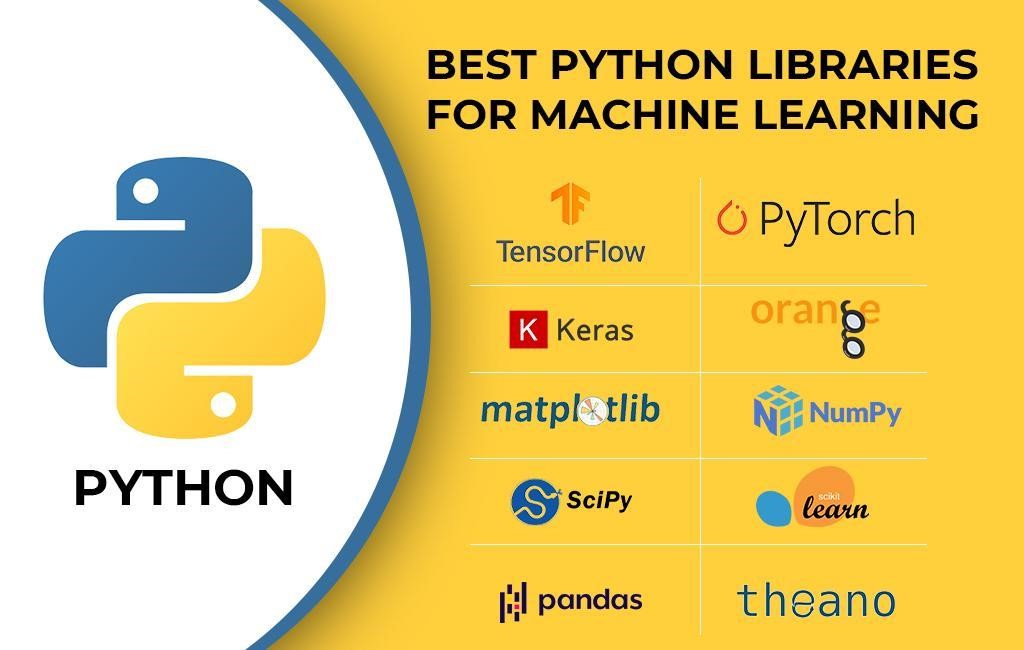
High Productivity
Python’s ease of use, powerful libraries, and active community make it a highly productive language for machine learning projects. With Python, you can quickly build and test machine learning models, which means you can iterate and improve your models faster than you could with other languages.
Cross-Platform Compatibility
Python is a cross-platform language, which means that you can use it on a wide range of operating systems, including Windows, Mac, and Linux. This makes it easy to build machine learning models on any platform, which is particularly useful for teams that use different operating systems.

Machine Learning Projects of Python
Image Classification
Image classification is a common task in machine learning, and it involves assigning a label to an image based on its content. This task has many practical applications, including self-driving cars, medical imaging, and facial recognition. Python’s libraries make it easy to build image classification models using convolutional neural networks (CNNs).

Chatbots
A chatbot is an AI-powered software program designed to mimic human conversation. It is also known as a conversational agent or virtual assistant. They have become increasingly popular in recent years and are used for personal assistants, even therapy, customer service, and support, where they can answer common questions and provide assistance to users.
Python is a popular programming language for building chatbots due to its simplicity, flexibility, and extensive range of libraries and frameworks. There are various libraries and frameworks in Python that can be used to build chatbots, such as ChatterBot, NLTK, and TensorFlow.
Recommender Systems
Recommender systems are algorithms that suggest products or services to users based on their preferences and behaviors. They are used in e-commerce, streaming services, and social media platforms. Python has several libraries that make it easy to build recommender systems using collaborative filtering and content-based filtering techniques.

Fraud Detection
Fraud detection is a critical application of machine learning, and it involves identifying fraudulent transactions or activities. Python’s libraries make it easy to build fraud detection models using supervised learning algorithms, such as logistic regression or decision trees. These models can help financial institutions, e-commerce companies, and government agencies detect and prevent fraud.
Time Series Forecasting
Time series forecasting involves predicting future values based on historical data. It has many applications, including financial forecasting, weather forecasting, and demand forecasting. Python’s libraries make it easy to build time series forecasting models using techniques such as ARIMA, LSTM, and Prophet.
Sentiment Analysis
Sentiment analysis is the process of determining the emotional tone behind a piece of text, such as a tweet or a product review. Python has several natural language processing libraries that make it easy to build sentiment analysis models. These models can be used to classify text as positive, negative, or neutral, which has applications in marketing, customer service, and social media analysis.
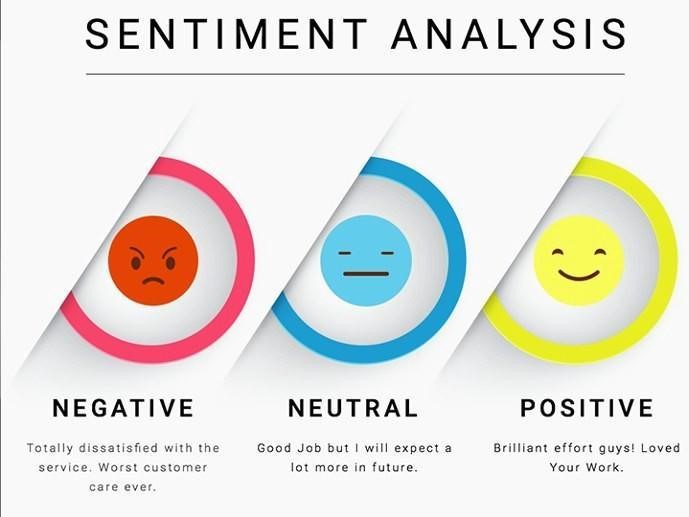
Conclusion
Python is an excellent choice for machine learning projects due to its simplicity, readability, and powerful libraries. Whether you’re a beginner or an expert in the field, there are many exciting machine-learning projects you can undertake using Python. From image classification to time series forecasting, the possibilities are endless. So why not get started today?
Coding for kids has many beneficial advantages that develop cognitive abilities, enhance communication and entrepreneurship skills, and stimulate creativity. Kids can learn how to create different games using Python.
Codingal offers Python for kids course to help your child enhance cognitive, logical, and computational skills. We provide 1:1 live interactive online coding classes with expert coding instructors for kids.
Along with lifetime access to course content and downloadable learning resources, to cater to every child’s need by providing a personalized journey.
